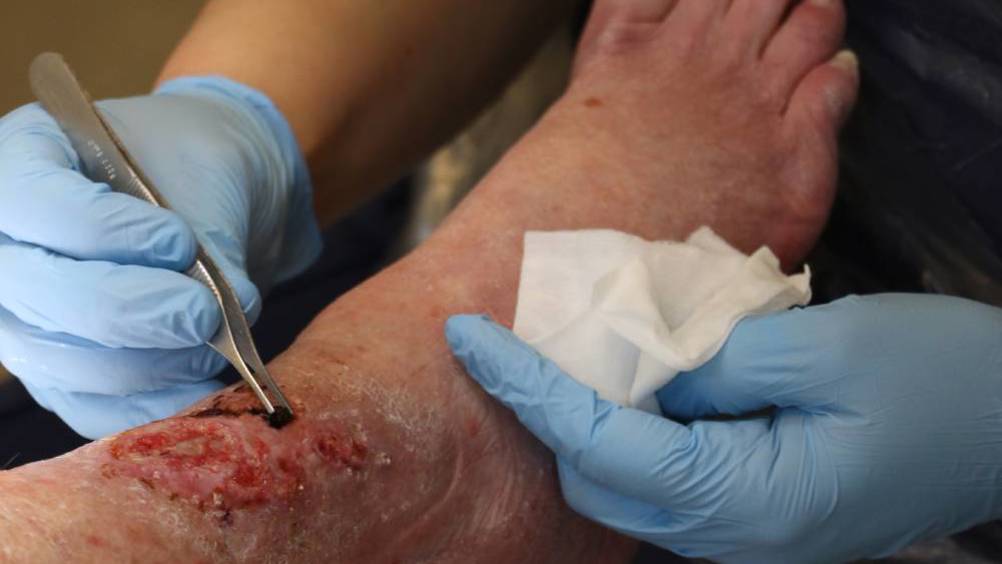References
Why nurses in primary care need to be research active: the case of venous leg ulceration

Abstract
Venous leg ulceration (VLU) is predominantly managed in primary care by district nurses, however much of the research takes place in secondary care. This study aimed to identify to what extent nurses are involved in publishing VLU research and to ascertain how much VLU research is conducted in primary care. Three searches of literature published between 2015 and 2020 were undertaken, reviewing VLU publications on interventions, quality of life and qualitative research. Some 37% of intervention studies had one or more nurse authors, compared with 65% of quality of life studies and 86% of qualitative research publications. Of papers that providing details of recruitment, 39% of intervention and quality of life studies included primary care as a recruitment setting. Qualitative studies were more likely to recruit from primary as well as secondary care (50%). Nurses are involved in leading VLU research but are more likely to publish quality of life and qualitative research than intervention studies. The majority of nurse authors in this field are based in academic institutions. A minority of studies utilise primary care as a recruitment setting for VLU research. More must be done to enable VLU research in community settings and to promote the involvement of clinical nurses in research.
Venous leg ulceration (VLU) is defined by the National Institute for Health and Care Excellence (NICE) as a loss of skin that takes more than 2 weeks to heal. Caused by sustained venous hypertension, it is the most common type of leg ulcer, accounting for 60–80% of all leg wounds (NICE, 2019). Affecting 2% of the UK adult population, the wound care associated with VLU accounts for over 2% of the national health budget every year, consuming up to £2.7 billion (Rabe and Pannier, 2010). Additionally, patients experience prolonged periods of chronic pain, immobility and embarrassment due to their wounds producing fluid and malodour, resulting in reduced self-esteem, social isolation and a sustained negative effect on their quality of life (QoL) (Isaac and Watson, 2015).
The optimal care pathway for VLU is set out in the updated 2019 NICE clinical knowledge summary (CKS) (NICE, 2019). The first action for wounds suspected of being venous in origin is appropriate diagnosis and examination by a trained professional. Diagnosis can be made using the ankle-brachial pressure index (ABPI), a clinical tool used to assess for the presence of peripheral arterial disease, involving blood pressure measurements in the ankle and arm (Al-Qaisi et al, 2009). After appropriate wound management, the next step is referral to a vascular specialist within 2 weeks of the ulcer first appearing, following which care should be managed coherently by a multidisciplinary team of primary care nurses, vascular specialists and GPs (NICE, 2019). Unfortunately, since the original publication of the guidelines in 2013, there has been little improvement in how quickly patients are referred to a vascular specialist, with around 70% of new VLU cases not being referred (Davies et al, 2019).
Register now to continue reading
Thank you for visiting Community Nursing and reading some of our peer-reviewed resources for district and community nurses. To read more, please register today. You’ll enjoy the following great benefits:
What's included
-
Limited access to clinical or professional articles
-
New content and clinical newsletter updates each month

